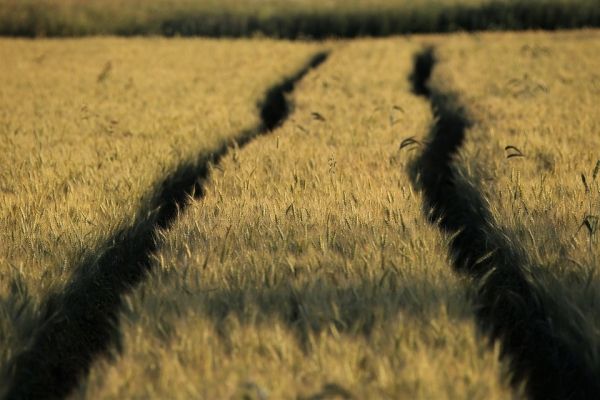A recent ecosystem modeling study conducted by Iowa State University scientists shows how crop production in the United States has led to an increase in the emissions of nitrous oxide, a potent greenhouse gas, throughout the last century.
The researchers drew on massive amounts of data on everything from weather patterns to soil conditions to land use and agricultural management practices in order to feed the model and quantify changes in nitrous oxide emissions from soils in the United States. The research, published in the peer-reviewed academic journal Global Change Biology, break soil emissions down by ecosystem types and major crops and found that the expansion of land devoted to agriculture since 1900 and intensive fertilizer inputs have predominantly driven an overall increase in nitrous oxide emissions.
The use of such ecosystem models to assess the sources of nitrous oxide emissions could help guide policymakers as they enact conservation plans and responses to climate change, said Chaoqun Lu, associate professor of ecology, evolution and organismal biology and corresponding author of the study.
“The model we are using is a process-based ecosystem model,” Lu said. “It’s similar to mimicking the patterns and processes of an ecosystem in our computer. We divide land into thousands of pixels at a uniform size and run algorithms that simulate how ecological processes respond to changes in climate, air composition and human activities.”
Read more at Iowa State University
Photo Credit: GoranH via Pixabay


